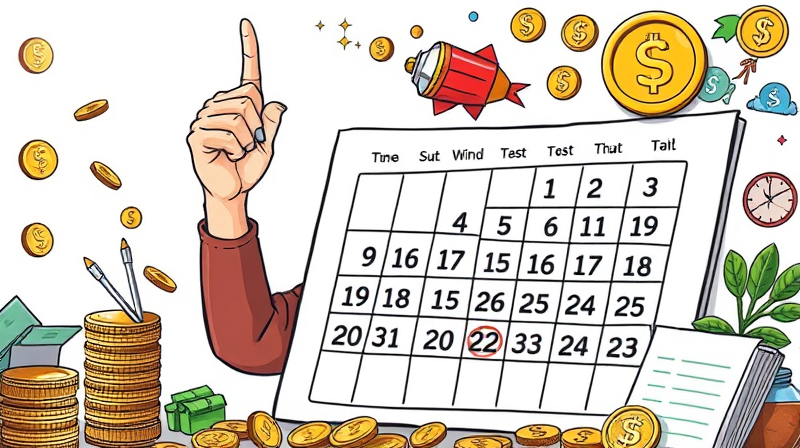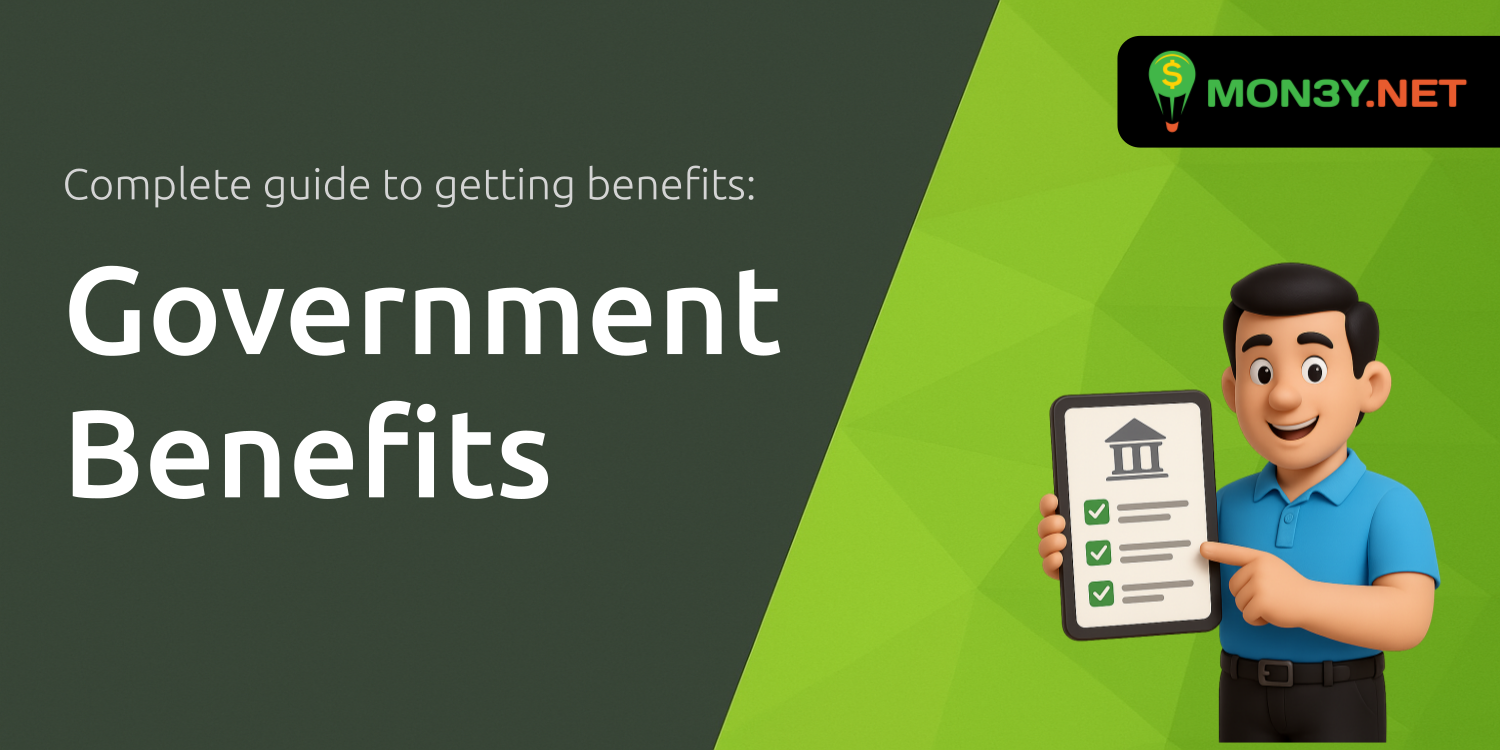Are you ready to transform your money habits and build a rock-solid financial foundation? This article guides you through a structured 30-day challenge that will sharpen your focus, boost your savings, and empower you to take control of your future.
Week 1: Take Stock (Without Judgment)
The first week is all about clarity. By examining where you stand financially, you set the stage for real progress. Begin without self-criticism—acknowledge your current reality and prepare to move forward.
- Day 1: Set clear financial goals. Define an emergency fund target, debt repayment plan, or a specific purchase.
- Day 2: Create a detailed budget outlining income and expenses for every category.
- Day 3: Review and cancel unnecessary subscriptions and memberships.
- Day 4: Plan meals for the month using ingredients you already own.
- Day 5: Track every expense today to raise awareness of spending habits.
- Day 6: Analyze spending patterns and identify two low-impact cuts.
- Day 7: Reflect on Week 1 and adjust goals based on what you’ve learned.
By the end of this week, you will have a clear snapshot of your finances and a foundation of measurable and achievable financial goals to guide the rest of the challenge.
Week 2: Think Small and Build Momentum
Small victories breed confidence. In Week 2, make minor tweaks that add up.
From Days 8 to 10, focus on small, manageable daily tasks like brewing coffee at home instead of buying it out. Identify three simple habits you can replace with cost-saving alternatives.
Days 11 to 13 are for choosing one realistic goal—perhaps increasing your monthly savings by 10%—and dedicating your energy there. On Day 14, explore budgeting styles such as zero-based budgeting or the 50/30/20 rule. Select the one that feels most intuitive and commit to it.
Week 3: Adjust and Automate
This week, refine your approach. Start Days 15 to 17 by adjusting your spending limits based on real data from Week 1 and 2. If you overestimated your dining-out budget, reduce it; if you underestimated your grocery needs, allocate more.
Days 18 to 20 spotlight automation. Set up automatic bill payments and savings transfers so that critical tasks happen without thought. Establish calendar reminders for quarterly subscription reviews or debt payments. Automating these processes creates sustainable habits rather than temporary changes.
On Day 21, conduct a mid-challenge review. Revisit your goals, assess progress, and tweak your plan to stay on course.
Week 4: Optimize and Celebrate Progress
In the final week, sharpen your cost-cutting tactics and celebrate how far you’ve come. Days 22 to 24 are perfect for downgrading non-essential services—look into cheaper phone plans or pause unused streaming subscriptions.
Days 25 to 27 invite you to explore income-boosting ideas. Sell items you no longer need, sign up for freelance platforms, or offer a skilled service. On Day 27, practice mindfulness: pause before any purchase to ensure it aligns with your long-term goals.
As Days 28 and 29 arrive, plan for upcoming expenses. Even setting aside $5 to $10 per paycheck builds momentum toward readiness. Finally, on Day 30, pause and reflect. Celebrate every milestone, from cutting an extra subscription to automating your savings. Recognize this as a gradual process, not an overnight transformation.
Essential Strategies to Boost Savings
- The 30-Day Savings Rule: When tempted by an impulse purchase, wait 30 days and evaluate if it’s a need or want.
- Subscription Assessment: Regularly cancel unused memberships to achieve substantial savings growth and reduced spending.
- Meal Planning: Plan your meals for the month to cut food waste and grocery bills.
- Financial Literacy Development: Dedicate time to books like “Atomic Habits” and podcasts to strengthen your money mindset.
- Mindful Spending: Pause before purchases to confirm alignment with your goals.
Implementation Framework
- Set measurable and achievable financial goals at the outset.
- Break down the process into small, manageable daily tasks.
- Create accountability with tracking and reviews.
- Build sustainable habits rather than temporary changes.
- Celebrate every victory, no matter how minor.
Improving your financial discipline is a journey. By dedicating just 30 days to this challenge, you’ll establish practices that last a lifetime. Remember, success is built on consistent action, honest reflection, and the willingness to adjust.
As you complete each task, you’ll feel the empowerment that comes from taking charge of your money. Every dollar you save, every habit you build, brings you closer to financial freedom.
Start today, stay committed, and embrace the transformation. By Day 30, you won’t just have improved habits—you’ll have proven to yourself that real change is within your reach. Embark on the journey, and let each day’s progress fuel your confidence. Your financial future begins now.
References
- https://www.sesloc.org/financial-capability-month-challenge-30-days-to-a-better-budget/
- https://www.usbank.com/financialiq/manage-your-household/personal-finance/adulting-challenge-financial-wellness-tasks.html
- https://www.etsy.com/listing/1434242554/30-day-money-challenge-30-day-financial
- https://www.plr.me/content/money-management-budgeting-credit-debt/checklists/take-control-of-your-finances-with-a-30-day-step-by-step-plan-checklist/4773
- https://seattlemedium.com/transform-your-finances-with-a-30-day-savings-challenge/
- https://www.bankrate.com/personal-finance/30-day-savings-rule/
- https://divbyzero.com/blog/personal-growth-books/










